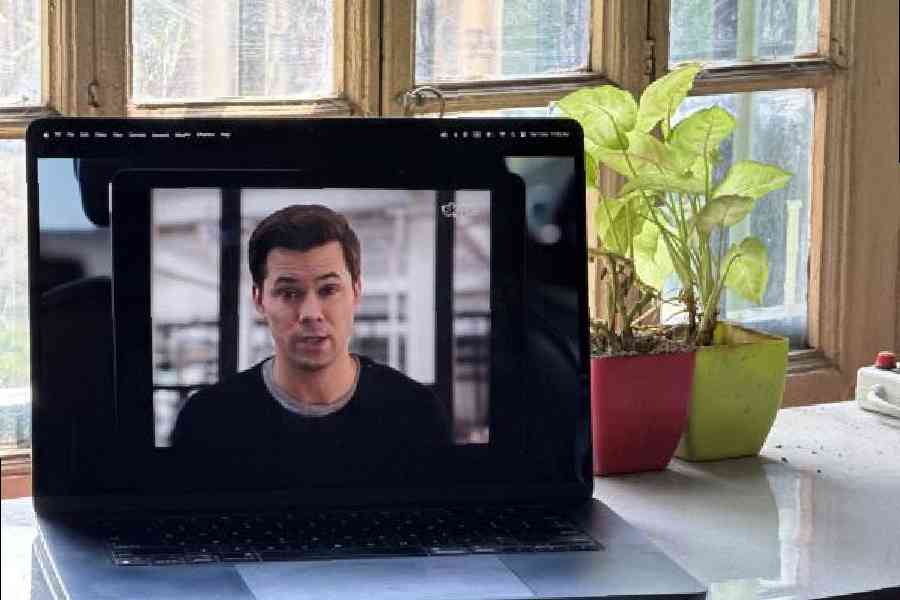Even a decade ago, Skype was Hollywood material. Remember the movie The Intern? Seventy-year-old widower Ben Whittaker (played by Robert De Niro) becomes a senior intern at an online fashion site, helmed by Jules Ostin (Anne Hathaway). He is driving Jules to the warehouse when her colleague (Adam DeVine) calls in via Skype.
Microsoft is shuttering its Skype video-calling service 14 years after buying the company for $8.5 billion and 22 years after it first showed up. At first it was about voice and then came video but somehow none of the companies that owned Skype could do anything worthwhile and it was ultimately upended by WhatsApp and Zoom.
Skype is not the only one that has lately joined the digital graveyard. Amazon retired Chimes, the company’s internal meeting software for video and audio calls, earlier this year. Last year, ICQ had to shut down after almost three decades. An early chapter on how we could communicate over the Internet is coming to an end.
But such is life in Silicon Valley where the only constant is change. Microsoft is retiring Skype in May and will start moving customers to the free version of its equivalent Teams application. “Skype has been an integral part of shaping modern communications and supporting countless meaningful moments,” said Jeff Teper, president of Microsoft 365 collaborative Apps and platforms.
Upending traditional telecom fees
Skype was a pioneer in the days when calling international numbers on the phone was expensive and reception was poor. It made phone and video calls over the Internet to anywhere in the world possible, an innovation that changed how the telecom industry functioned. Earlier, we had to pay high fees by the minute for international calls to speak to relatives and colleagues. It was, in fact, an occasion to make such calls. And today we take such activities for granted. “Sure, let’s WhatsApp or iMessage today at 8pm.” Doesn’t that sound familiar?
Skype went through the motions typical of Silicon Valley. First released in 2003, it went through several owners before finding its final home in Microsoft in 2011. Steve Ballmer, the then CEO of Microsoft, was late to the Internet game. He tried to move quickly and purchased Skype for an eye-watering $8.5 billion. “Microsoft and Skype together will define this future and what it really, really looks like,” Ballmer said. Two years later, he reached an agreement to acquire the handset and services business of Nokia for about $7.2 billion. You know how that fared! His timing just wasn’t right for both deals.
Nobody quite understood Skype like the people behind it in the early days. Sten Tamkivi, like many Estonians, was modest and ran Skype effectively. With him were the Swede, Niklas Zennström, a Dane, Janus Friis, and a group of Estonian programmers. Skype's proprietary, voice-over-internet-protocol (VOIP) software allowed its millions of registered users in 2006 to call each other free of charge. Skype and other VOIP services undermined telecom operators’ pricing structures.
In 2005, Skype's founders sold their share in the business to eBay for around $2.5 billion, plus another $1.5 billion if Skype hit certain performance targets. Meg Whitman, chief executive of eBay till 2008, said she expected Skype to bring in revenues of $200m in 2006.
Darling among hardware makers
For students living abroad, Skype was as important as air. It became the default communication tool for calling their family. The call quality wasn’t always spiffing but it was at least manageable. The same went for those who had to work abroad for a few years. Think of a scenario where the mother is working in, say, Japan and it became the only way to see her family through video.
Many computer hardware companies promoted new releases keeping Skype as a selling point. For example, Linksys iPhone CIT400. Yup, the device existed, forcing Apple and Cisco (the owner of Linksys) to get into a short-lived legal dispute.
Toshiba, once a popular name in the laptop business, announced a deal in 2007 to put Skype’s Internet calling software on select laptop models across its four notebook lines — Qosmio, Tecra, Satellite, and Portege. The Skype software came preloaded on Toshiba laptops that include a built-in webcam.
When Skype was redesigned under Microsoft, the ringtone it offered was quite advanced. Every component was organically recorded, like wind, water, pops and people’s voices.
Such was Microsoft’s faith in Skype that it killed off its Messenger service in 2013-14. Yes, the same Messenger service which in 1999 was at the heart of a war between the software giant and AOL.
What happens next?
Microsoft’s decision to close Skype comes seven years after it released its Teams chat and group video calling application. The two share many features. Microsoft said it’s possible to migrate from Skype to Teams enabling them to use their current credentials to sign into the service. They will also be able to export data including chats, contacts, and call history if they do not want to use the service.
Skype had more than 36 million users in 2023, when it last reported these figures, which is a massive fall from a peak of 300 million in 2016. Teams communication app continues to grow in popularity.
Skype users who had paid for credits will still have access to them until the next renewal period, the company said.










